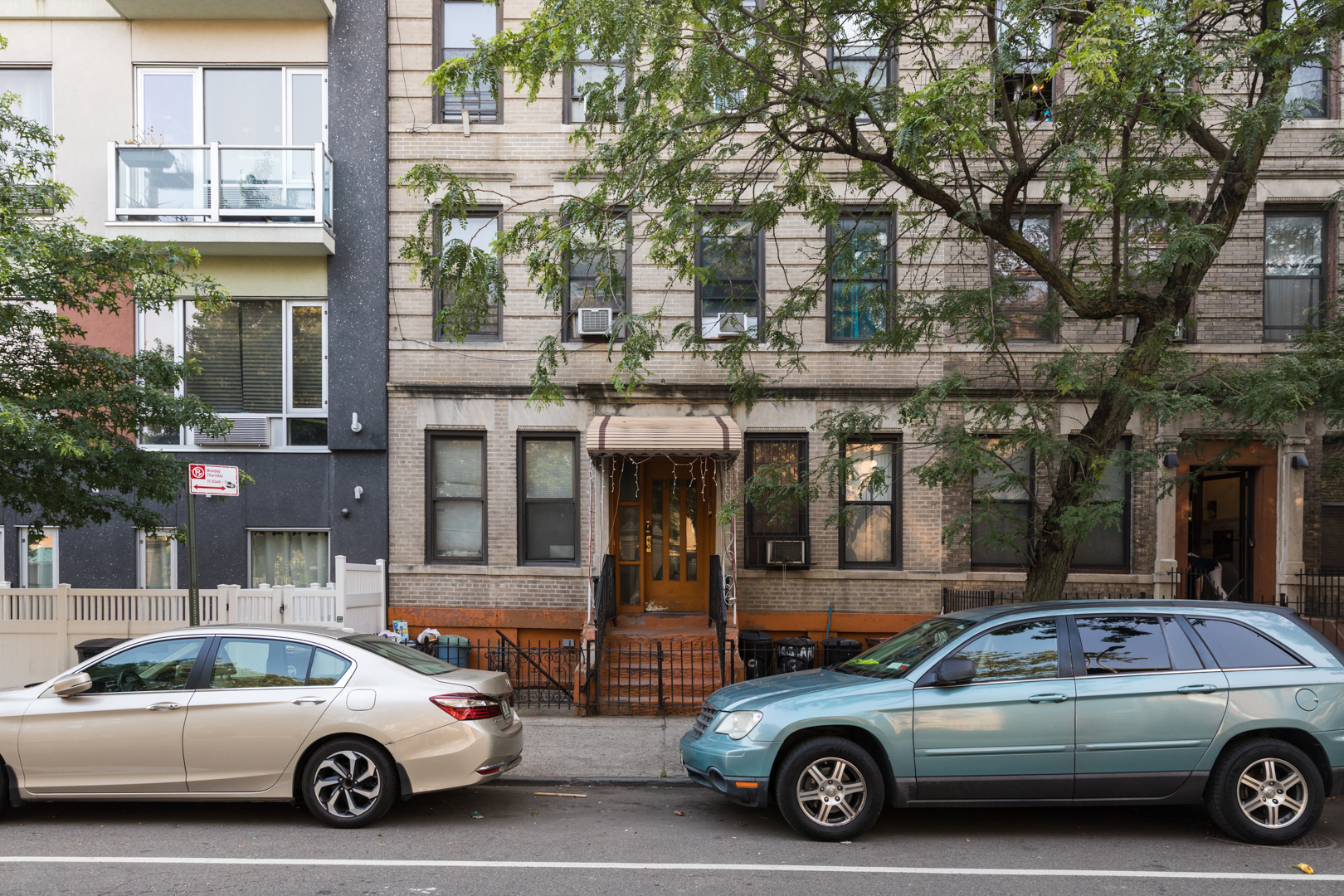Properties are unlawfully targeted for seizure, says probe into city housing program

A city-run housing program with a history of debates and controversy has not been following its own parameters, a report released Monday found. The Third Party Transfer program, meant to take possession of “distressed” properties for rehabilitation, has instead been seizing millions of dollars in property wealth over minuscule debts.
Under the TPT program, the city designates “distressed” property to be transferred to qualified sponsors (nonprofit or for-profit developers) to purchase and rehabilitate vacant and occupied multi-family properties. The program hinges on how the city defines a “distressed” property. But according to the new report, spearheaded by two City Council members, the city has strayed from its own definition.
Councilmembers Robert Cornegy Jr. and Ritchie Torres represent some of the city neighborhoods most impacted by the program — Bedford-Stuyvesant and northern Crown Heights, in Cornergy’s case, and the South Bronx, in Torres’ district.

Brooklyn Boro
View MoreNew York City’s most populous borough, Brooklyn, is home to nearly 2.6 million residents. If Brooklyn were an independent city it would be the fourth largest city in the United States. While Brooklyn has become the epitome of ‘cool and hip’ in recent years, for those that were born here, raised families here and improved communities over the years, Brooklyn has never been ‘uncool’.